Major Attractions
- Festival Highlights
Major Attractions
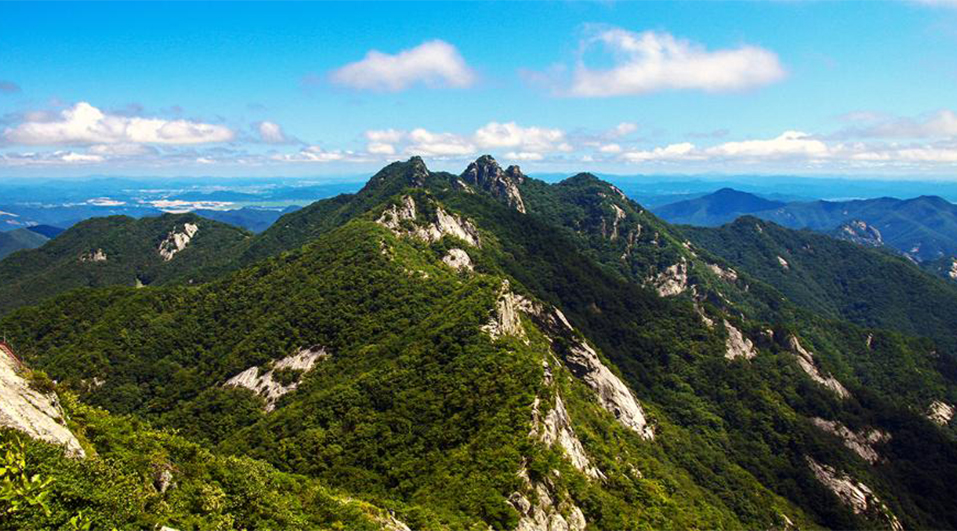
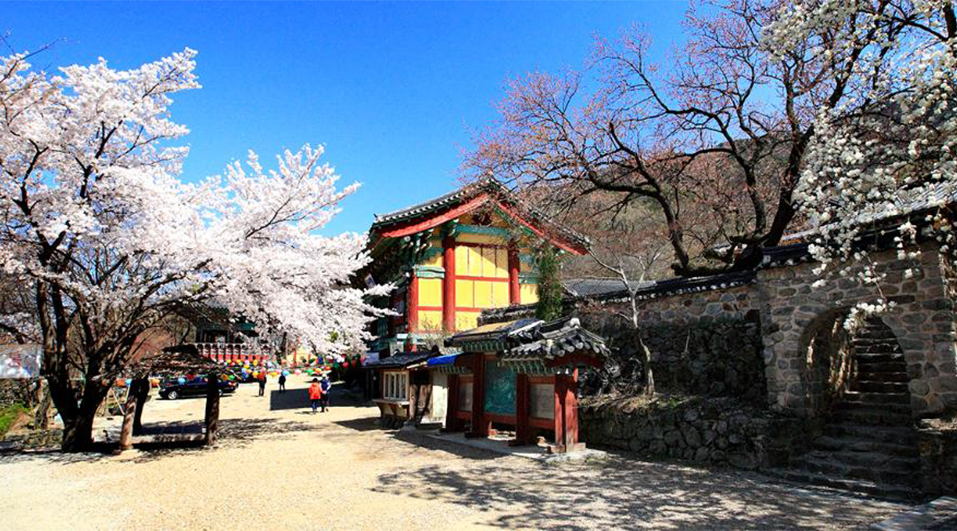
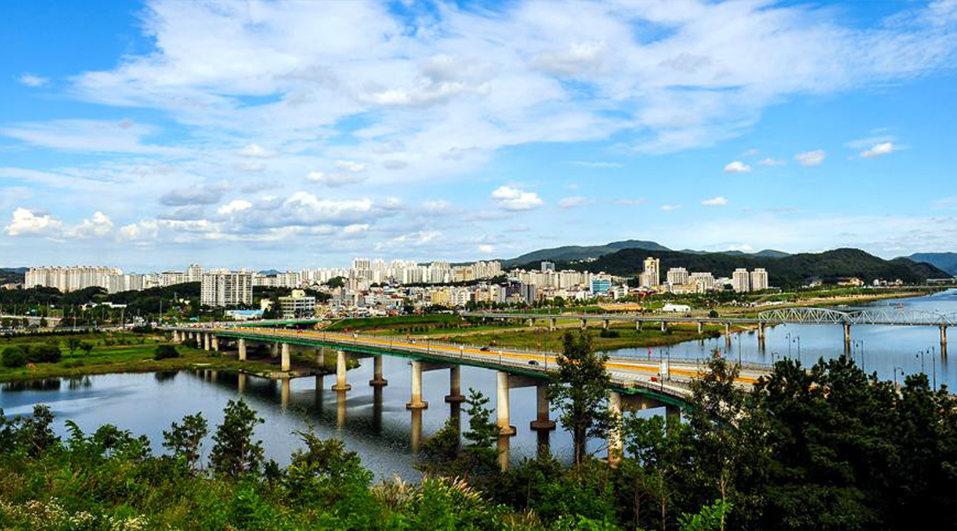
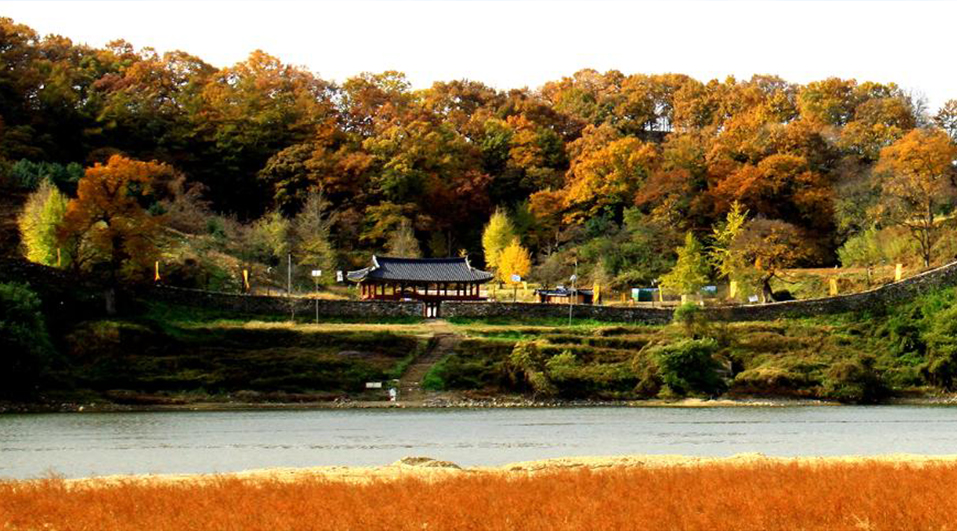
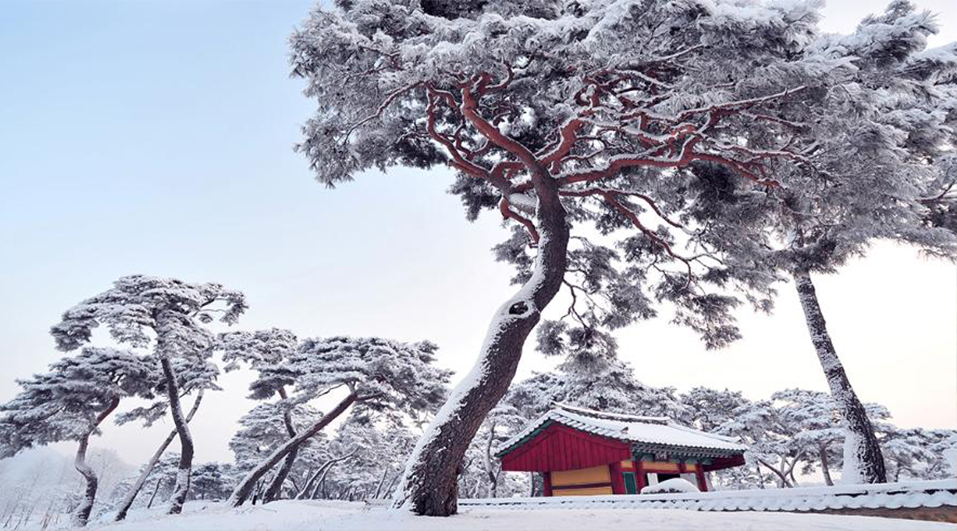
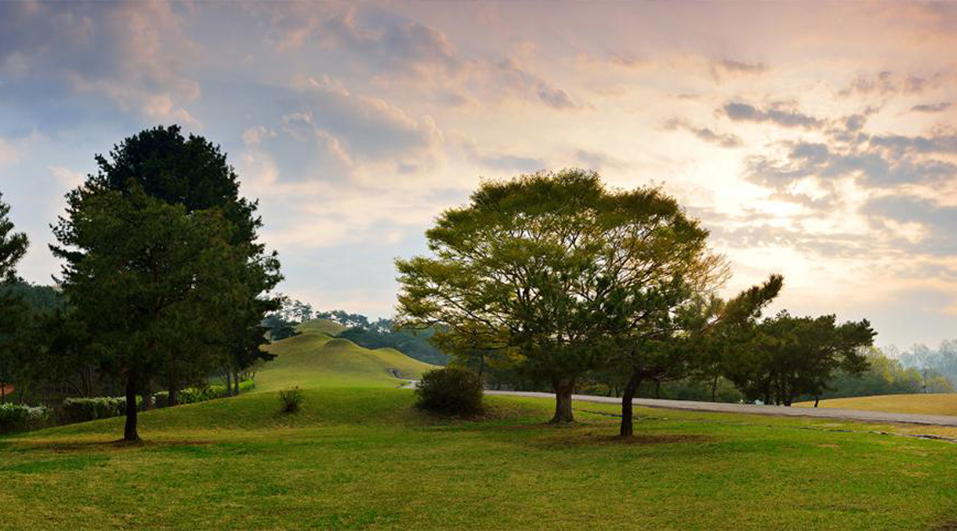
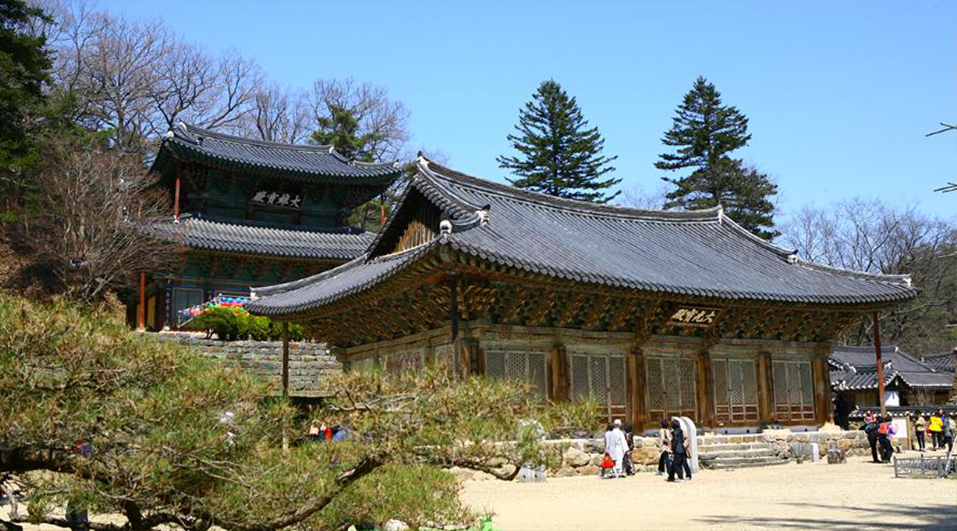
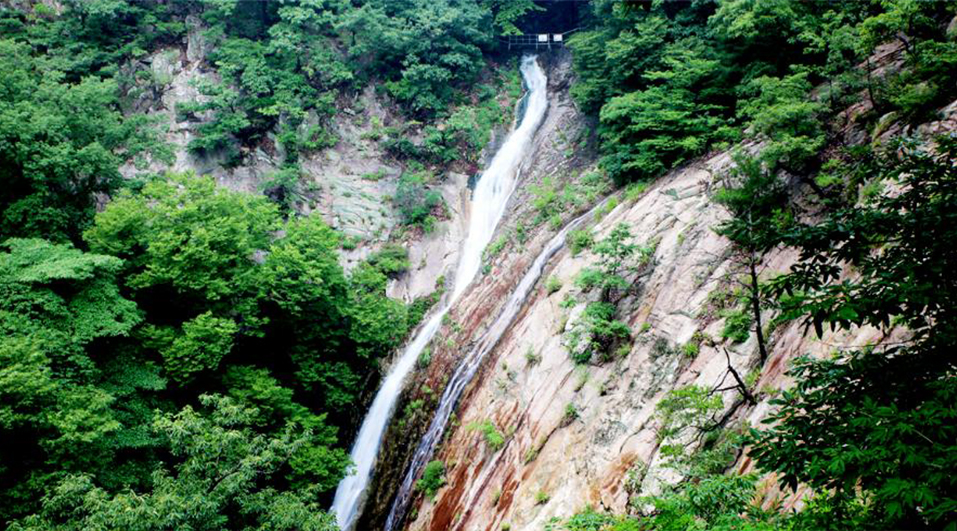
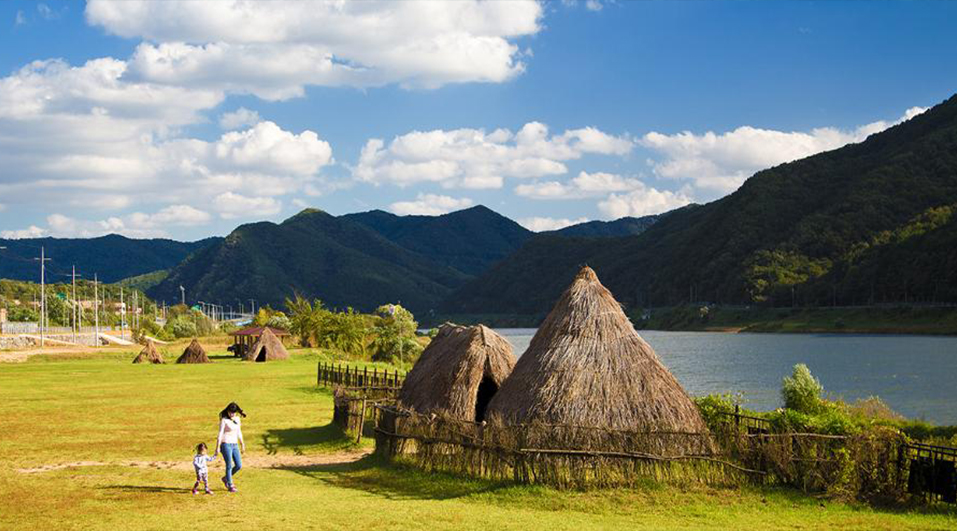
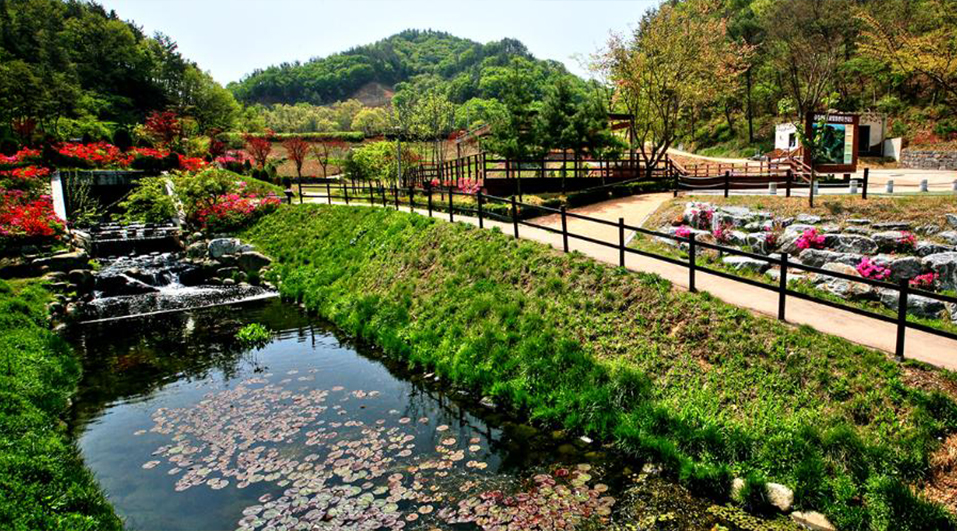
❛Gyerongsan Mountain❜
- Address327-6 Donghaksa 1-ro, Banpo-myeon, Gongju-si, Chungcheongnam-do
- Contact+82-42)825-3002
The mountain's name is said to have been derived from the ridge that runs from the main peak, Cheonhwangbong (845m), to Yeoncheonbong (739m) and Sambulbong (775m), which resembles a dragon wearing a rooster's crest. This relatively rugged mountain, even within the Cheonyeong Mountain Range, blends in with the scenery of the gently flowing Geumgang River to form a unique mountain landscape. Gyeryongsan is not only considered one of Korea's four most famous mountains in feng shui geomancy, but the Gyeryong Palgyeong (Eight Scenic Views) are particularly beautiful and attract many tourists.
❛Gapsa❜
- Address567-3 Gapsa-ro, Gyeryong-myeon, Gongju-si, Chungcheongnam-do
- Contact+82-41)857-8921
Gapsa Valley is a beautiful valley with names carved into the rocks from the first to the ninth valley in a scenic area stretching from Gapsa to Sujeongbong. You can enjoy the joy of nature with the large rocks and tall old trees in harmony with the clear valley.
Every year on the third day of the first lunar month, the Daeshinje procession from Gapsa Temple to the parking lot is a spectacular sight. Upon reaching the Goemok tree, a Goemok Daeshinje, a ritual combining Buddhism and folk beliefs, is held to pray for the well-being of the village and the peace of families. The climax comes with the Soji ceremony, where people write their wishes on a wooden plaque and burn it.
❛Geumgang❜, embracing the Gongju
The name ‘Geumgang’ was given because it is as beautiful as silk, and the winding waters of the Geumgang River are spectacular both in the morning and at sunset. The Geumgang River, a river that has become the root of the region, blends seamlessly with Gongju's nature and, at times, its history and culture. Flowing through the heart of Gongju, it's a beautiful sight, and its people, relying on the river, have developed a flourishing civilization, making it a wonderful place to live. The Geumgang River flows through Gongju.
❛Gongsanseong Fortress❜
- Address66-4 Geumseong-dong, Gongju-si, Chungcheongnam-do
- Contact041)856-7710
Gongsanseong Fortress (Historic Site No. 12) is a representative fortress of the Baekje period, serving as the royal fortress that protected Ungjin Baekje (475-538). The walls surrounding Geumseo-ro (West Gate) are more beautiful than any other fortress in Korea. Walking along the fortress walls offers a panoramic view of the city of Gongju.
❛Gomanaru Dock❜
- AddressArea around 452-3, Ungjin-dong, Gongju-si, Chungcheongnam-do
Gomanaru Dock, steeped in Korean sentiments rooted in the Dangun myth, is a living site of Korean folk beliefs, appeasing the vengeful spirit of the bear from the legend. It's also known as the origin of the name Gongju. Its premises include the largest ferry site in the Baekje era, a pine forest filled with the poignant tale of a bear's love for humans, the Ungjindan site where rituals were performed to the bear and the waters of the Geumgang River, and a shrine dedicated to the bear.
❛Tomb of King Muryeong and Royal Tombs, Gongju❜
- Address318-2, Ungjin-dong, Gongju-si, Chungcheongnam-do
- Contact+82-41)856-3151
The Tomb of King Muryeong (the 25th king of Baekje) was accidentally discovered in 1971 during drainage work. It was discovered in perfect condition, perfectly preserved, preserving its original appearance from 1,500 years ago. It is the only ancient Korean royal tomb that provides evidence of the status of a ruler from the Three Kingdoms period, offering a glimpse into a splendid and refined aesthetic, creativity, and sophisticated craftsmanship.
❛Magoksa Temple❜
- Address966 Magoksa-ro, Sagok-myeon, Gongju-si, Chungcheongnam-do (567 Unam-ri)
- Contact+82-41)841-6221
Taehwasan Mountain, located in Unam-ri, Sagok-myeon, is a large and beautiful mountain, just like its name suggests. It is home to Magoksa Temple, the headquarters of the 6th district of the Jogye Order. Magoksa Temple is a thousand-year-old temple founded by the great Silla monk Jajangyulsa during the reign of King Mu of Baekje (643). It has many treasures, and the faded paintwork on Daegwangbojeon Hall gives it the atmosphere of an old temple. Next to the temple's Daegwangbojeon and Daeungbojeon, you can take a leisurely walk or hike along the Baekbeomdang and Baekbeom Meditation Trail, where Mr. Kim Gu stayed, as the fragrant pine breeze tempts you.
- AddressDonghaksa Eunseon Falls, Hakbong-ri, Banpo-myeon, Gongju-si, Chungcheongnam-do
This waterfall is located on the west side of Gyeryongsan National Park, and its name comes from a legend that immortals used to hide and play here in the past. It is the largest of the many waterfalls on Gyeryongsan Mountain, and the surrounding rocks and dense forest create a spectacular view. Although it is famous for its autumn foliage, the winter ice waterfall scenery is also unique.
❛Landscape of Seokjang-ri❜
- AddressLandscape of Seokjang-ri, 990 Geumbyeok-ro, Gongju-si, Chungcheongnam-do (118 Seokjang-ri-dong)
- Contact041-840-8924
In the case of the Gongju Seokjang-ri site, it is a flat site that clearly shows the living environment preferred by Paleolithic people. The excavation of the Seokjang-ri Paleolithic site is very significant in that it revealed for the first time in South Korea that people have lived in Korea since the Paleolithic Age and that various cultural layers have existed in stages. It also marks the first time that the investigation, excavation, and research of Paleolithic sites have been systematically conducted.
❛Geumhak Eco Park❜
- Address111-1 Geumhak-dong, Gongju-si, Chungcheongnam-do
- Contact+82-41)840-2336
There is a wetland below the parking lot of Geumhak Ecological Park, and two water sources above it. There is a small outdoor stage near the parking lot, where various cultural activities take place. Jumisan Mountain, seen from the upper reservoir observatory, looks like an oriental painting with the water and mountain blending well together. The Gongjudaegan trekking trail from Geumhak Ecological Park to Duribong and Bonghwadae is also great.
- Add.
368 Geumbyeok-ro, Gongju-si, Chungcheongnam-do
- Tel.
Baekje Cultural Festival Comprehensive Situation Room
041-840-7440~4
Copyright © The 71st Baekje Cultural Festival. All rights reserved.

준비 중입니다.
빠른 시일 내에 찾아뵙도록 하겠습니다.






